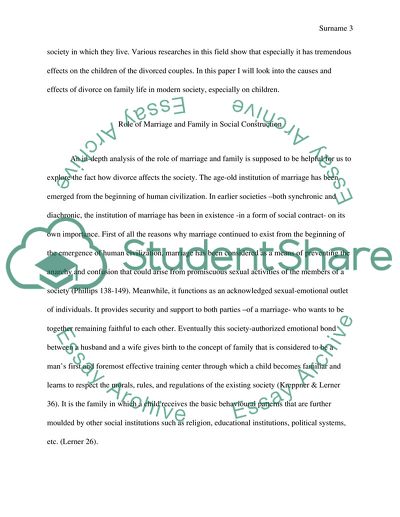Cite this document
(The Causes and Effects of Divorce on Family Life in Modern Society Research Paper, n.d.)
The Causes and Effects of Divorce on Family Life in Modern Society Research Paper. Retrieved from https://studentshare.org/social-science/1743430-divorce
The Causes and Effects of Divorce on Family Life in Modern Society Research Paper. Retrieved from https://studentshare.org/social-science/1743430-divorce
(The Causes and Effects of Divorce on Family Life in Modern Society Research Paper)
The Causes and Effects of Divorce on Family Life in Modern Society Research Paper. https://studentshare.org/social-science/1743430-divorce.
The Causes and Effects of Divorce on Family Life in Modern Society Research Paper. https://studentshare.org/social-science/1743430-divorce.
“The Causes and Effects of Divorce on Family Life in Modern Society Research Paper”, n.d. https://studentshare.org/social-science/1743430-divorce.


